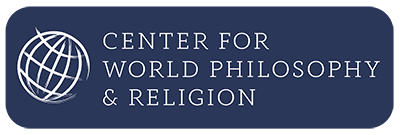Each one of these ten levels of divine presence represents another dimension of God in our world. They are referred to as the Ten Sefirot. When we perform a commandment, says Luria, we participate in one of these levels of the divine.
Indeed the mystical writers point out that the word Mitzvah has more than one meaning. Simply of course it mans commandment. The human in doing a mitzvah is thus seen as responding to a divine command which comes from outside the human being.
There is however a second sense of the word Mitzvah. It means Tzavtah – to be together with. When one performs a mitzvah one literally merges with divinity. One is together with God. Each Mitzvah in the mystical understanding moves me toward merger with a different Sefira, a different level of divinity. However, says Luria, we are only able to participate in the lowest seven levels. The human being, trapped in mortality, can never touch the highest three levels of divinity in this world. And yet one word can reach the heights. Ayeh.
Ayeh in Hebrew has three letters, alef, yod, hey. Alef, says Luria, is the letter that represents Keter – the divine crown, the highest sefirah – level of divinity in the world. Yod represents Chochmah – wisdom, the second highest level. And Hey is Binah – intuitive understanding, the third highest level. When the human being cries out to God in uncertainty – ayeh – he expresses the highest three levels of divinity and in so doing reaches beyond his mortal limits to touch “the highest.” Luria affirms that the expression of uncertainty in God does not contradict spirituality, but rather is the highest expression of the human search for divine connection.
Ayeh – where are you – the ultimate uncertainty – is then the highest level of religious authenticity.

